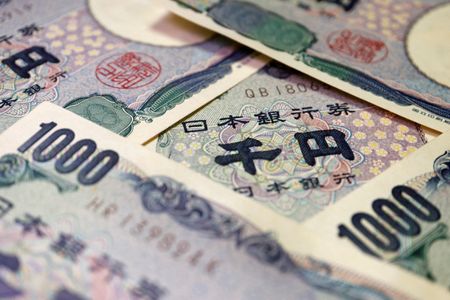
By Leika Kihara
TOKYO (Reuters) – Bank of Japan policymakers took note of growing inflationary pressure with one of them calling for the need to eventually communicate an exit strategy from ultra-loose monetary policy, minutes of their meeting in September showed on Wednesday.
The BOJ maintained ultra-loose monetary policy at the Sept. 22 meeting and its governor Haruhiko Kuroda said interest rates would remain low for “two to three years,” a remark that sent the yen sharply lower and later prompted the government to intervene in the currency market to prop up the currency.
Many in the nine-member board said the BOJ must keep monetary policy ultra-loose to ensure wages rise enough and help achieve the bank’s 2% inflation in a sustainable manner, the minutes showed.
But some said corporate price-setting behaviour might be changing as an increasing number of firms hike prices with one saying companies will likely continue raising prices, the minutes showed.
“We must humbly watch without any preset idea the risk of inflation sharply overshooting expectations, including from the impact of currency moves,” one member was quoted as saying.
Japan’s core consumer inflation rate accelerated to a fresh eight-year high of 3.0% in September, challenging the central bank’s resolve to retain its ultra-easy policy stance as the yen’s slump to 32-year lows continue to push up import costs.
The BOJ’s offer to buy an unlimited amount of bonds to defend its 0.25% cap on the 10-year yield has also heightened concern over the side-effects of prolonged easing, such as distortions in the shape of the yield curve.
“When the appropriate timing comes, it’s important to communicate to markets an exit strategy” from ultra-easy policy, one board member was quoted as saying.
The BOJ remains an outlier among a global wave of central banks tightening monetary policy as it focuses on reflating a fragile economy with aggressive stimulus. Kuroda has repeatedly stressed the bank’s resolve to keep monetary policy ultra-loose.
The yen has weakened sharply against the dollar as markets focus on the divergence between the BOJ’s ultra-loose policy and U.S. interest rate hikes.
(Reporting by Leika Kihara; Editing by Tom Hogue and Sam Holmes)

